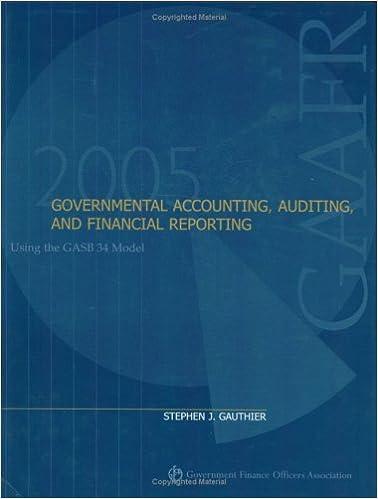6. Understanding the NPV profile If mutually exclusive projects with normal cash flows are being analyzed, the net present value (NPV) and internal rate of return (IRR) methods agree. Projects Y and Z are mutually exclusive projects. Their cash flows and NPV profiles are shown as follows. Project z - $1,500 $900 Year 0 1 2 3 4 Project Y -$1,500 $200 $400 $600 $1,000 $600 $300 $200 6. Understanding the NPV profile If mutually exclusive projects with normal cash flows are being analyzed, the net present value (NPV) and internal rate of return (IRR) methods agree. always Z are mutually exclusive projects. Their cash flows and NPV profiles are shown as follows. never sometimes broject Y Project Z NPV IDollars Project Y Project Z 0 2 4 6 8 10 12 14 16 18 20 COST OF CAPITAL I Percent) If the weighted average cost of capital (WACC) for each project is 14%, do the NPV and IRR methods agree or conflict? The methods agree. The methods conflict. When there is a conflict, a key to resolving this it is the assumed reinvestment rate. The IRR calculation assumes that intermediate cash flows are reinvested at the , and the NPV calculation implicitly assumes that the rate at which cash flows can be reinvested is the If the weighted average cost of capital (WALL) for each project is 14%, do the NPV and IRR methods agree of contic? The m modified internal rate of return (MIRR) Them required rate of return internal rate of return (IRR) When there is ad reinvested at the be reinvested is the Jumed reinvestment rate. The IRR calculation assumes that intermediate cash flows are , and the NPV calculation implicitly assumes that the rate at which cash flows can As a result, when evaluating mutually exclusive projects, the is usually the better decision criterion. The metr modified internal rate of return (MIRR) Internal rate of return (IRR) required rate of return When there is a con reinvested at the be reinvested is the ed reinvestment rate. The IRR calculation assumes that intermediate cash flows are , and the NPV calculation implicitly assumes that the rate at which cash flows can As a result, when evaluating mutually exclusive projects, the is usually the better decision criterion When there is a conflict, a key to resolving this it is the assumed reinvestment rate. The IRR calculation assumes that intermediate cash flows are reinvested at the IRR method INPV calculation implicitly assumes that the rate at which cash flows can be reinvested is the NPV method As a result, when evaluating mutually exclusive projects, the is usually the better decision criterion












